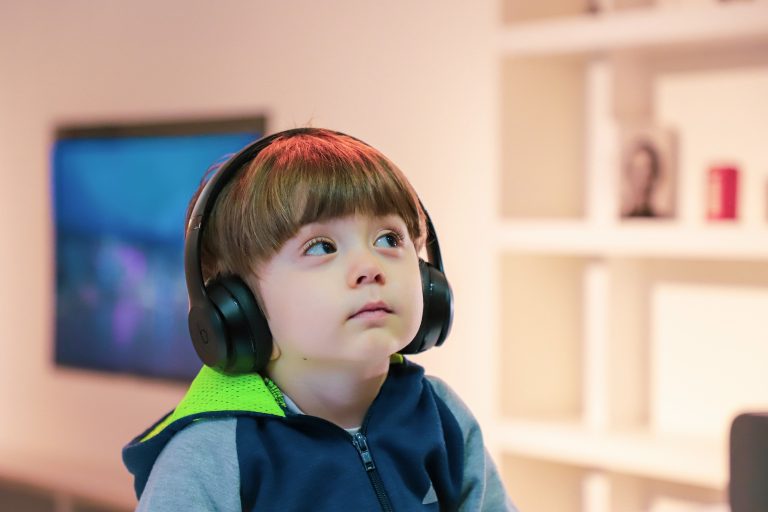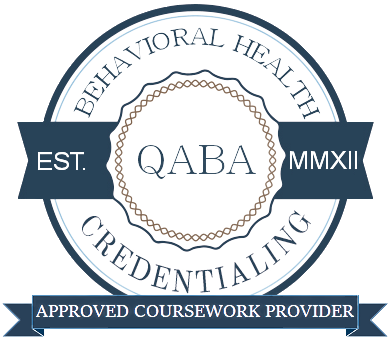Autism Spectrum Disorder (ASD) is a neurodevelopmental condition that affects how a person communicates, socializes, and behaves. Recognizing early autistic signs in toddlers, as well as in older children, is essential to ensure timely intervention. The earlier the signs are identified, the sooner children can benefit from therapies like Applied Behavior Analysis (ABA), which supports communication, social, academic, and behavioral growth across all developmental stages.
What Is Autism Spectrum Disorder?
ASD exists on a spectrum, meaning that signs and severity can vary widely from child to child. However, some hallmark features often appear early in life, including:
- Difficulty with social interaction
- Communication delays or challenges
- Repetitive behaviors and intense interests
- Sensory sensitivities
- Trouble adapting to change
These signs can show up differently depending on the child’s age, which is why recognizing autism signs in toddlers aged 1-2, kids aged 5-6, and school-age children is critical.
Autistic Signs in Toddlers (Ages 1–2)
The earliest signs of autism often emerge between 12 and 24 months. Recognizing these red flags can lead to earlier evaluation and support.
Social and Communication Red Flags
- Limited response to their name
- Minimal eye contact or lack of social smiling
- Not pointing or showing objects to share interests
- Delayed babbling or absence of gestures like waving
Behavioral Patterns
- Repetitive actions like hand-flapping or rocking
- Lining up toys instead of playing with them functionally
- Hyper-fixation on specific objects or routines
Sensory Sensitivities
- Covering ears to block noise
- Avoiding certain textures or bright lights
- Extreme reactions to pain or temperature
Early ABA intervention at this age focuses on building foundational social and communication skills, reducing disruptive behaviors, and improving engagement with caregivers.
Autism Signs in Kids Age 6 (Preschool & Early Elementary)
By age 5 or 6, the signs of autism often become more apparent, particularly in group settings like classrooms or playdates.
Social Challenges
- Difficulty making or keeping friends
- Limited use of gestures like nodding or shrugging
- Struggles with reading social cues or understanding emotions
Communication Issues
- Monotone or robotic voice tone
- Trouble holding back-and-forth conversations
- Literal interpretation of language; trouble understanding sarcasm or jokes
Behavior and Routines
- Strong resistance to change in daily routine
- Intense interests in specific topics (e.g., dinosaurs, maps, train schedules)
- Difficulty respecting personal space or understanding physical boundaries
ABA for this age group emphasizes social skill-building, emotional understanding, and flexibility in routines, helping kids adjust to structured environments like school.
Autism Signs in School-Age Children (Ages 7+)
When children reach school age, additional challenges may emerge, especially those related to academics, peer relationships, and self-regulation.
Academic and Cognitive Differences
- Exceptional abilities in specific subjects (e.g., math) but delays in others (e.g., reading comprehension)
- Difficulty following multi-step instructions or group collaboration
- Challenges with imaginative play or abstract thinking
Sensory and Emotional Regulation
- Overreaction to sounds, textures, or crowded environments
- Meltdowns due to changes in routine or overwhelming situations
- Trouble identifying or expressing emotions appropriately
ABA therapy at this stage can support self-regulation, organization skills, and coping strategies to thrive in academic and social settings.
Why Early Intervention Matters: The Role of ABA Therapy
Applied Behavior Analysis (ABA) is an evidence-based, structured approach that helps autistic children develop essential life skills. ABA programs are highly individualized to meet each child’s unique needs across all developmental stages:
- Toddlers (1–2 Years): Focus on imitation, communication, and reducing barriers to learning.
- Young Kids (5–6 Years): Emphasize social skills, classroom readiness, and independence.
- School-Age Children: Support coping with academic pressures, emotional regulation, and complex social interactions.
The earlier therapy begins, the more significant the gains in communication, behavior, and overall development.
Take the Next Step
If you’ve noticed any of these autism signs in toddlers, kids age 6, or school-age children, don’t wait to seek guidance. Early diagnosis and therapy can dramatically improve your child’s developmental path.
Contact Go Behavioral (888) 988-0520 to schedule a consultation or learn more about our ABA therapy services.
We’re here to support your family with expert care, individualized programs, and a commitment to helping your child thrive.
FAQ: autistic signs in toddlers
What are the earliest signs of autism in toddlers (ages 1–2)?
Early signs often include limited eye contact, not responding to their name, delayed babbling, minimal use of gestures like pointing or waving, repetitive movements (such as hand-flapping), and intense reactions to sensory experiences like sounds or textures. Early recognition is key to getting timely support through therapies like ABA.
How do autism signs differ between younger kids and school-age children?
While toddlers may show more obvious communication delays and repetitive behaviors, school-age children might struggle more with social nuances like making friends, understanding jokes, or adapting to changing routines. Academic challenges, emotional regulation difficulties, and sensory sensitivities may also become more noticeable in school settings.
How can ABA therapy help children showing signs of autism?
ABA therapy uses evidence-based techniques to teach communication, social, self-help, and academic skills while reducing behaviors that interfere with learning. Programs are individualized to each child’s needs and age, helping toddlers build basic skills, young children prepare for school success, and school-age children navigate more complex social and academic challenges.
References
- Centers for Disease Control and Prevention (CDC). (2024). Signs and Symptoms of Autism Spectrum Disorder.
- NHS UK. (2024). Autism Signs in Children.
- Autism Speaks. (2024). Early Signs of Autism.
- Mayo Clinic Health System. (2024). Could My Child Have Autism Spectrum Disorder?
- The Spectrum (Australia). (2024). Autism Diagnosis Checklist for Primary School Children.
- Autism.org.uk. (2024). Signs That a Child or Adult May Be Autistic.
- Dream Big Children’s Center. (2024). 4 Advantages of ABA Therapy for Children with Autism.
- Apex ABA. (2024). Why ABA Therapy is Effective for Children of All Ages.
- Yellow Bus ABA. (2024). The Benefits of ABA Therapy for Children with Autism in Achieving Social Milestones.







